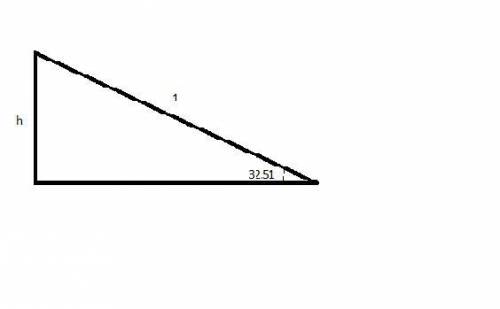
Physics, 14.08.2020 04:01, ramberson101
A mass M slides downward along a rough plane surface inclined at angle \Theta\:Θ= 32.51 in degrees relative to the horizontal. Initially the mass has a speed V_0\:V 0 = 6.03 m/s, before it slides a distance L = 1.0 m down the incline. During this sliding, the magnitude of the power associated with the work done by friction is equal to the magnitude of the power associated with the work done by the gravitational force. What is the coefficient of kinetic friction between the mass and the incline?

Answers: 1
Other questions on the subject: Physics

Physics, 22.06.2019 03:00, mmcdaniels46867
Isla’s change in velocity is 30 m/s, and hazel has the same change in velocity. which best explains why they would have different accelerations? isla had negative acceleration, and hazel had positive. isla had a different time than hazel. isla had positive acceleration, and hazel had negative. isla went a farther distance than hazel.
Answers: 1

Physics, 22.06.2019 14:40, allenpaietonp9v8sv
What is the orbital period of a spacecraft in a low orbit near the surface of mars? the radius of mars is 3.4×106m.
Answers: 2

Physics, 22.06.2019 14:40, haileyjones732
How does an observation about an object differ from an inference about that object
Answers: 1

Physics, 22.06.2019 23:30, danielahchf
Which of the following forces require physical contact? tension air resistance friction magnetic force applied force
Answers: 3
Do you know the correct answer?
A mass M slides downward along a rough plane surface inclined at angle \Theta\:Θ= 32.51 in degrees r...
Questions in other subjects:








English, 05.08.2021 21:10


Mathematics, 05.08.2021 21:10



 . The variable x is displacement the object "spent its energy".
. The variable x is displacement the object "spent its energy".










